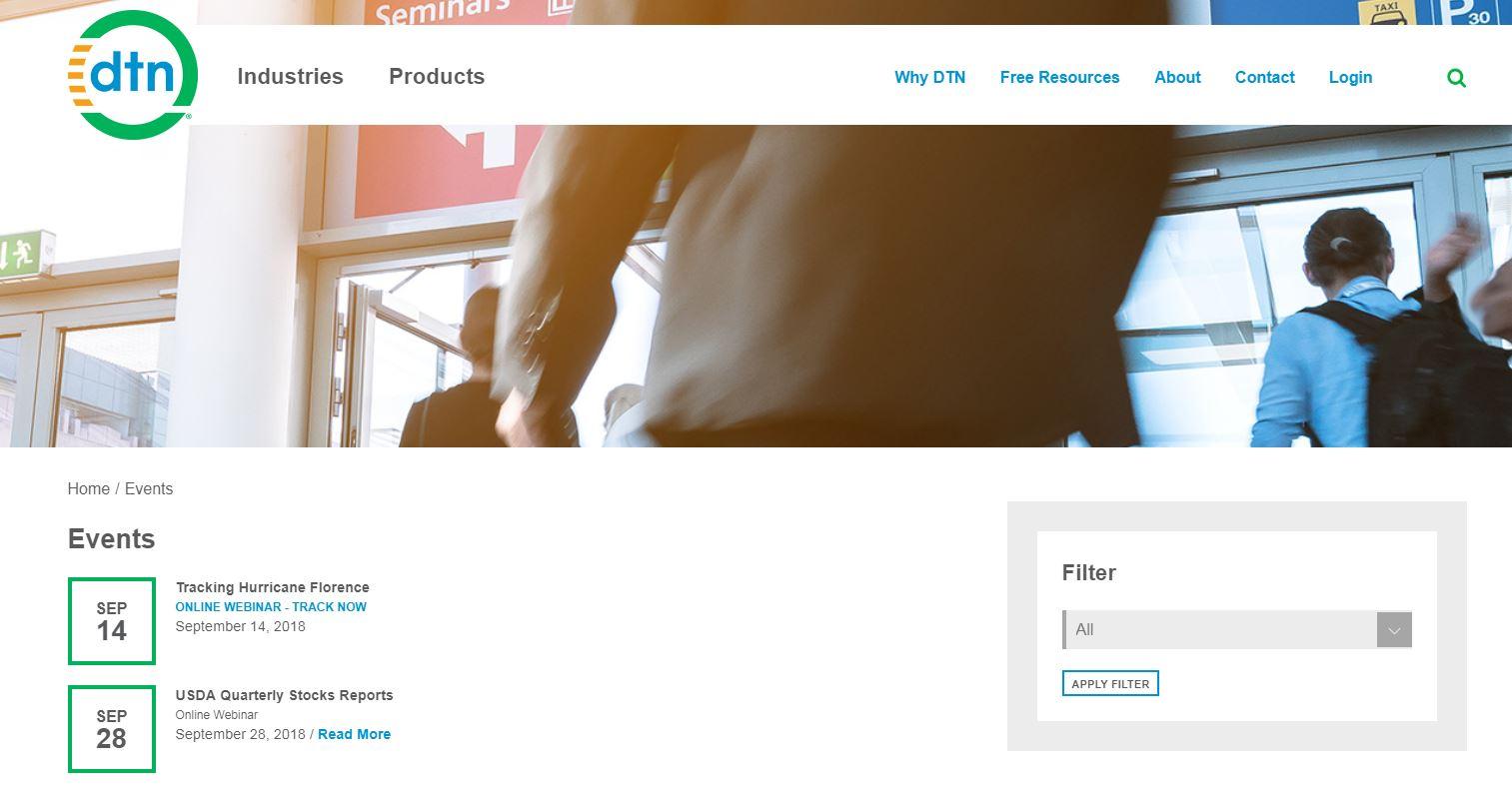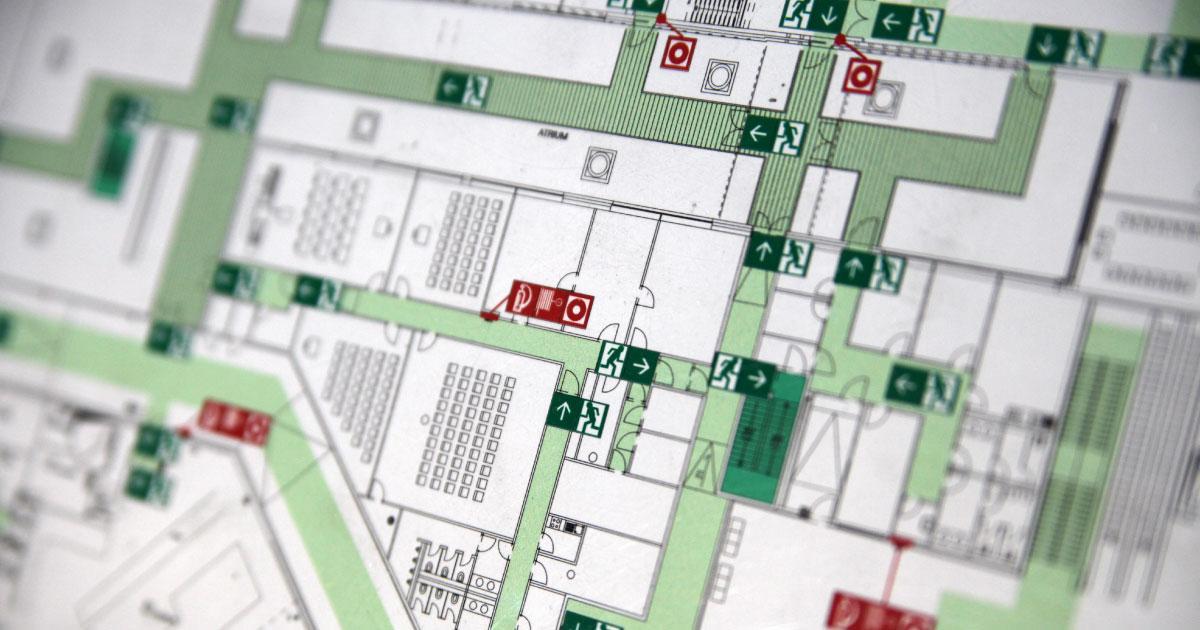The tents and tables are up, catering is set, all the details have been checked off the list. You have the perfect event planned…and then the storm hits. You realize that there’s really only one thing you can’t control: the weather.
Many times, event planners don’t think about weather when planning their outdoor event. They hope it doesn’t rain and may even consider a backup plan. But what about severe weather, strong winds or lightning? It is important to be proactive and think ahead about the impact of severe weather on your event rather than leaving it to chance. Incorporating a severe-weather plan can ensure you are better prepared and can help avoid chaos if a storm hits. There are necessary steps you can take to ensure that if the weather does turn bad, you’ve got a protocol and plan in place to keep attendees and staff safe.
One of the first steps in severe-weather planning is to consider the venue where the event or meeting is being held. Each venue is different and has different challenges. For example, a large open space such as a golf course can be evacuated much easier and in a shorter time than a large stadium. However, attendees might have arrived by bus. It is critical to consider all of these variables to ensure safety during adverse weather conditions, which can develop rapidly. If a professional weather-monitoring system or plan is not in place, it is necessary for planners to take matters into their own hands and risk making the wrong decisions.
Leaving weather up to chance is risky. Relying on a free weather app may provide you with the basic forecast, but it leaves out critical information, such as the distance of lightning strikes from your event. Each year more than 100,000 thunderstorms occur in the United States, producing 25 million lightning flashes. These can strike as far as 25 miles from the storm that produces them, making it difficult to predict if the event is in danger. Having accurate, real-time lightning information is critical to ensure that you know if and when to evacuate and get people to safety as well as when it’s safe to resume activities.
Event meteorologists
Because keeping people safe is a top priority, meeting and event planners could consider a professional weather monitoring service for all outdoor events.
There are commercial weather services (such as DTN) that offer meteorologists for individual events. These experts are highly trained (degreed and certified) meteorologists who consult on the different factors that could affect an event. They can work with planners to navigate uncertainty pertaining to constantly evolving weather patterns and can provide 24/7 weather counsel and information when unfavorable weather conditions will impact the event, through the use of sophisticated software and precision weather instruments.

Typically, vendors offer three different types of services that can fit any size event or budget. For larger events, they offer on-site help during your event. The next level of service monitors weather for your event remotely from a fully staffed team of meteorologists. Lastly, they can provide you with an online service to create custom alerts that allow you to keep track of the weather while performing other activities. Each level of service provides you with accurate real-time, location-specific forecasts, lightning detection and high-wind warnings, giving you peace of mind and advanced notice.
Evacuation planning
Predicting the expected size of a crowd at an event can be extremely helpful when determining evacuation procedures. The number of attendees will determine the time necessary to safely evacuate the event. For example, if there is a small outdoor sporting event and severe weather or lightning causes an evacuation, the criteria might be set so that the event can continue until lightning is within a closer distance, but still with enough time to make sure everyone gets to safety. However, if there is a higher volume of people at a larger outdoor event, the criteria might be set much earlier because evacuation time will take much longer.

As important as it is to know the venue, it is equally important to survey the shelters around the venue in case of an evacuation. Shelters need to be able to safely accommodate the entire group. If there aren’t enough indoor safe spaces to accommodate all attendees, directing them to fully enclosed vehicles is the next best option.
Destination consideration
Weather patterns are another important factor to consider. The region where the event is being held impacts weather monitoring tactics. For example, if there is an event in Indiana, there are normally weather indications days before severe weather hits, making it easier to predict and prepare. However, in Florida, severe weather can happen extremely fast without much warning at all, making it much harder to plan. As a result, it is essential that such pre-event consultations occur to discuss local weather patterns and what type of weather the event might experience.
Communications tactics
Developing a communications protocol before an event is another key to success in the case of an emergency. The severe weather protocol should include who to contact and when, as well as the steps necessary to make fast and logical decisions. If monitoring weather yourself, you need to identify who is monitoring weather conditions—and this should be the person’s sole responsibility during the event or meeting. If you have on-site help, you need to work with them to determine the best spot to monitor weather conditions and decide who the best contact is in case things take a turn for the worse. Defining the exact weather characteristics to look for and when an expert opinion is needed, can help keep everyone safe and aware if the forecast changes.
Event planners are very good at ensuring all of the details are covered for a successful meeting or event. Weather should never be taken for granted and always incorporated into your event plans to eliminate nasty surprises.


